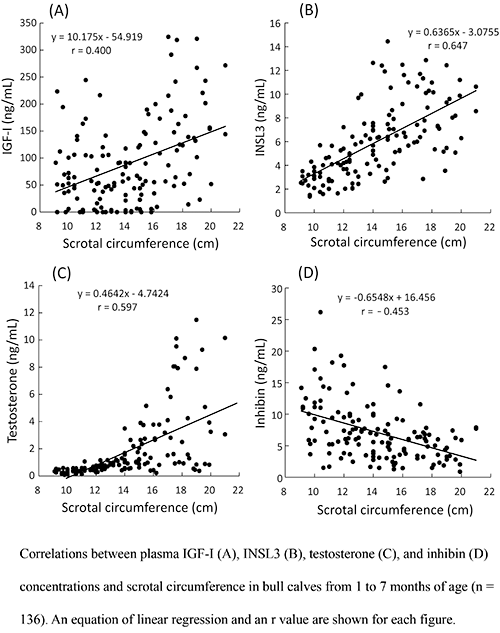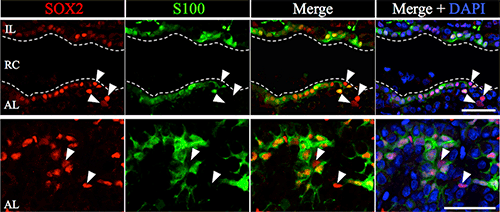- |<
- <
- 1
- >
- >|
-
Article type: SRD Young Investigator Award 2017
2018 Volume 64 Issue 5 Pages 371-376
Published: 2018
Released on J-STAGE: October 12, 2018
Advance online publication: July 07, 2018Download PDF (927K)
-
Article type: Original Article
2018 Volume 64 Issue 5 Pages 377-384
Published: 2018
Released on J-STAGE: October 12, 2018
Advance online publication: June 27, 2018Download PDF (3014K) -
Article type: Original Article
2018 Volume 64 Issue 5 Pages 385-392
Published: 2018
Released on J-STAGE: October 12, 2018
Advance online publication: June 25, 2018Download PDF (969K) -
 Article type: Original Article
Article type: Original Article
2018 Volume 64 Issue 5 Pages 393-400
Published: 2018
Released on J-STAGE: October 12, 2018
Advance online publication: July 05, 2018Editor's pickCover Story:
Dry biobanking has many advantages over the current paradigm of storing cryopreserved cells under liquid nitrogen. During drying, however, the cells become damaged. The highly condensed spermatozoa DNA has been shown in many desiccation studies to generally maintain its integrity. Using ram freeze-dried epididymal spermatozoa as a model, Palazzese et al. were the first to evaluate both single- and double-strand DNA breaks (SSBs and DSBs, respectively), showing that drying causes minimal DSBs but extensive SSBs (Palazzese L et al., 2018. DNA fragmentation in epididymal freeze-dried ram spermatozoa impairs embryo development, pp. 393–400). Furthermore, the authors also demonstrated that spermatozoa capable of directing embryo development to the blastocyst stage in vitro originated from rams with the least DNA damage Overall, the impact of sperm DNA damage on embryonic development depends on a balance between the extent of sperm DNA fragmentation, fragmentation type, and the oocyte’s repair capacity.Download PDF (1859K) -
Article type: Original Article
2018 Volume 64 Issue 5 Pages 401-407
Published: 2018
Released on J-STAGE: October 12, 2018
Advance online publication: July 06, 2018Download PDF (808K) -
Article type: Original Article
2018 Volume 64 Issue 5 Pages 409-416
Published: 2018
Released on J-STAGE: October 12, 2018
Advance online publication: July 12, 2018Download PDF (1451K) -
Article type: Original Article
2018 Volume 64 Issue 5 Pages 417-422
Published: 2018
Released on J-STAGE: October 12, 2018
Advance online publication: July 21, 2018Download PDF (2440K) -
Article type: Original Article
2018 Volume 64 Issue 5 Pages 423-431
Published: 2018
Released on J-STAGE: October 12, 2018
Advance online publication: July 21, 2018Download PDF (2599K) -
Article type: Original Article
2018 Volume 64 Issue 5 Pages 433-443
Published: 2018
Released on J-STAGE: October 12, 2018
Advance online publication: August 06, 2018Download PDF (1723K)
-
Article type: Technology Report
2018 Volume 64 Issue 5 Pages 445-449
Published: 2018
Released on J-STAGE: October 12, 2018
Advance online publication: June 10, 2018Download PDF (1784K) -
Article type: Technology Report
2018 Volume 64 Issue 5 Pages 451-455
Published: 2018
Released on J-STAGE: October 12, 2018
Advance online publication: June 16, 2018Download PDF (591K) -
Article type: Technology Report
2018 Volume 64 Issue 5 Pages 457-462
Published: 2018
Released on J-STAGE: October 12, 2018
Advance online publication: August 10, 2018Download PDF (716K)
- |<
- <
- 1
- >
- >|











